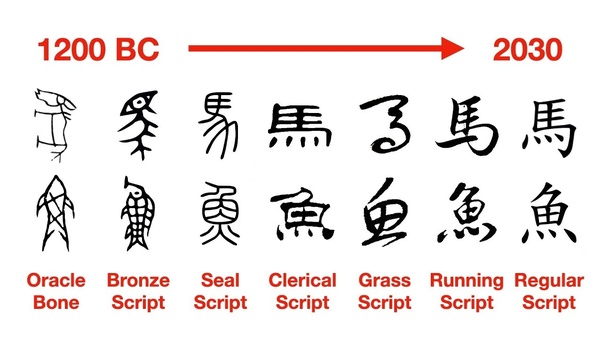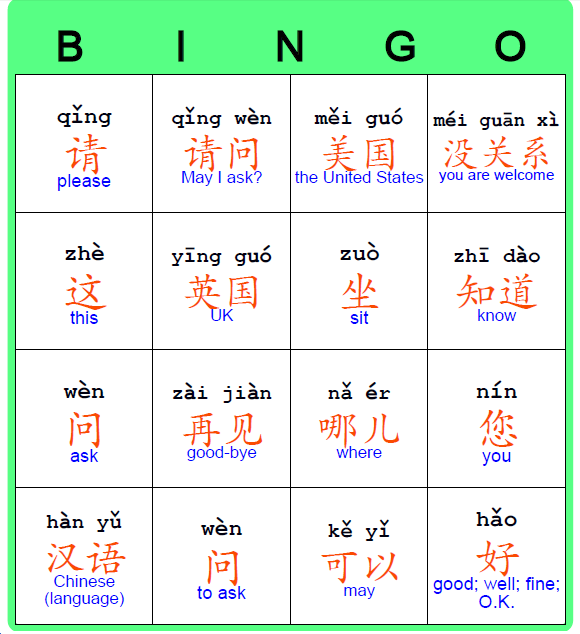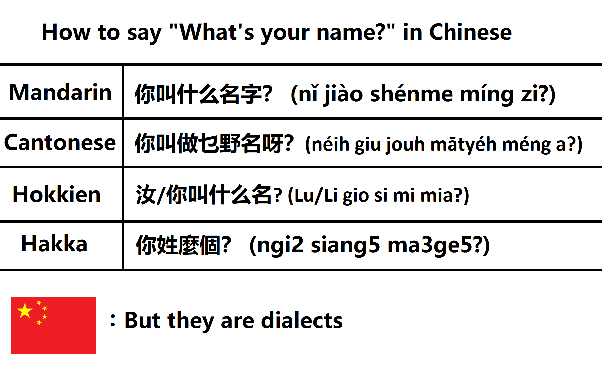Like most other forms of written language, Chinese script started out as a pictographic script where the characters looked like what they represented. You can even see this in the modern Latin alphabet, which is simply a stylized version of the Phoenician alphabet where every character looked like something physical but came to represent not that thing, but a sound associated with that thing.

Except Chinese languages (there are a group of them, not just one) aren’t structured like Indo-
European languages – they concentrate on syllables, not individual phonemes. In most Indo-European languages there are about 40 different phonemes, but Chinese has thousands of different syllables. Moreover, different dialects of Chinese use different sounds for the same thing, but the same written symbol, which means written Chinese works across all dialects, where phonetic languages only work for a single language.
And Chinese has been simplifying for 3200 years as the script changes to become less representational and more stylized, just like letters have.

But Chinese scripts can’t work across all dialects if it tries to become phonetic. Now, there are phonetic writing systems for Chinese, but each works only for one Chinese dialect.

Pinyin, one way to transliterate spoken Chinese into Roman script. However, it ignores tone.

Another system that uses accent marks to indicate tone

Now, transliterating Chinese dialects into Chinese ideograms doesn’t always lead to the same results, but if you use a standard Chinese writing system, you can write something that anyone will understand as long as they speak any of these dialects.